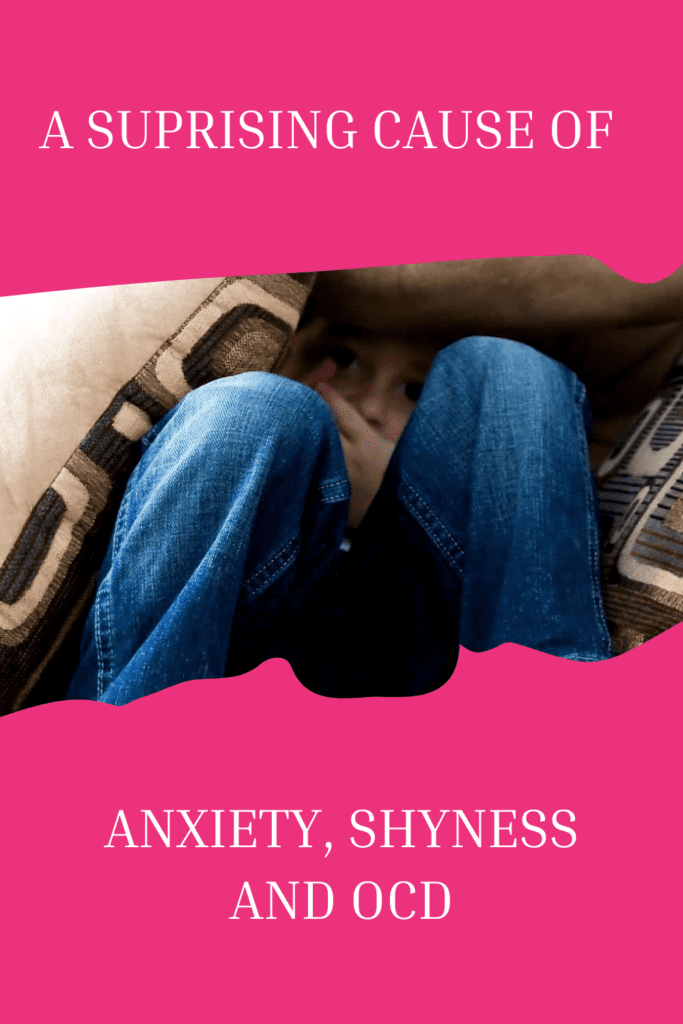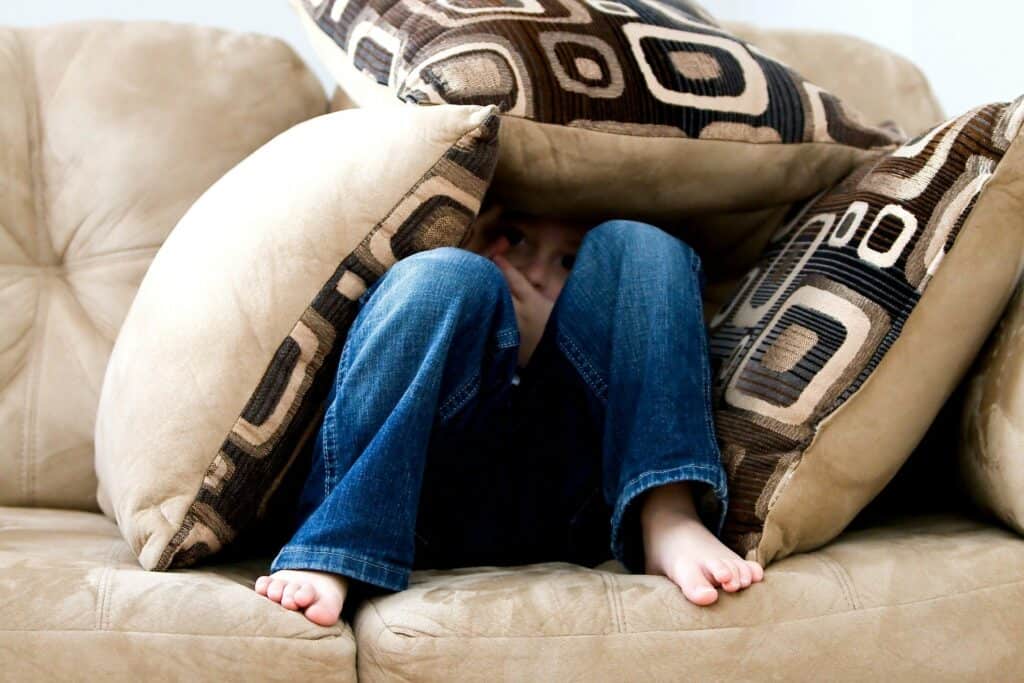When a child is shy, withdrawn, has high anxiety or is even aggressive, we assume it is their inherent nature. Other times, if it is serious enough and affects a child’s ability to function, our first response is to enrol them in therapy.
While therapy can have countless benefits, paralyzing fear can be neurological in origin which will result in a child getting minimal benefits from therapy.
This is exactly what happened to Dana who had been in therapy for over two years. Dana would freeze up in social situations, rarely spoke in class, had little interest in interacting with the other children and was always imagining the worst-case scenario. Dana was bright and showed no signs of any learning or behaviour disorders, so it was assumed that she had an anxiety disorder.
When the Brain is Paralysed in Fear
Dana’s mom later learned that she had a retained fear paralysis reflex which can result in serious lifelong issues with fear and negativity when not addressed.
The Fear Paralysis Reflex (FPR) is exactly as it states. When this reflex is active, a child or adult’s system goes into a paralysis well beyond logic over minimally fearful situations.
You have likely heard of the fight-flight-or-freeze response. The fear paralysis activates the freeze response also known as the ‘fawn’ response where a person withdraws or shutdowns. These kids are typically shy, withdrawn and have a hard time engaging confidently and feeling relaxed in normal everyday activities.
How the Fear Paralysis Reflex is Connected to Other Reflexes
This reflex should disappear well before birth. In healthy development, the FPR develops into the Moro reflex. However, if the FPR does not disappear before birth then it will prevent the integration of the Moro reflex which is connected to the activation of the fight-or-flight response.
In fact, this reflex lays the groundwork for all other reflexes. When this reflex is active, it can create a domino effect.
Typically, the more present the reflex, the more serious and disruptive it will be to a child’s well-being and ability to navigate through their daily life without constant fear.
Potential Causes of an Active Fear Paralysis Reflex:
- Stress or trauma during pregnancy
- Premature birth, C-Section
- Exposure to chemicals, toxins, medications, drug addiction during pregnancy
- Mental health issues in parents
Symptoms of an Active Fear Paralysis Reflex:
- Extreme shyness or exaggerated embarrassment
- Low tolerance to stress
- Anxiety, depression and negative thinking
- Phobias
- Poor eye contact
- Hypersensitive senses
- Terror, frozen with fear
- Defiance such as breath holding
- Panic disorder
- Reluctant to try new activities
- Aggressive, craves attention or totally withdraws
- Extreme phobias
- Separation anxiety
- Selective mutism
- OCD
How to Test for the FPR:
Have your child stand barefoot in an area where there is ample room for them to walk and ask them to walk in a straight line and watch for:
- Poor eye contact
- Toes twitch or curl
- Body is tense and not walking in a relaxed state
- Appears to be restricting or holding their breath
- Stares but not blink
- Tightens hands, makes a fist, fingers twitch
- Sways as he or she walks
If your child does any of the following while walking there is a strong likelihood that they have a retained fear paralysis reflex. Keep in mind that symptoms can be a much bigger indication even if your child is able to walk without any obvious signs listed above.
Addressing retained reflexes like the FPR can significantly alter a child’s quality of life and improve their confidence and willingness to take risks and go through daily life in a more relaxed and happy state.
If you want to learn more about my coaching programs that help children move past limitations and rise above learning and behaviour difficulties–contact me for a free Clarity Call.
In Health & Wholeness,
Lorraine


